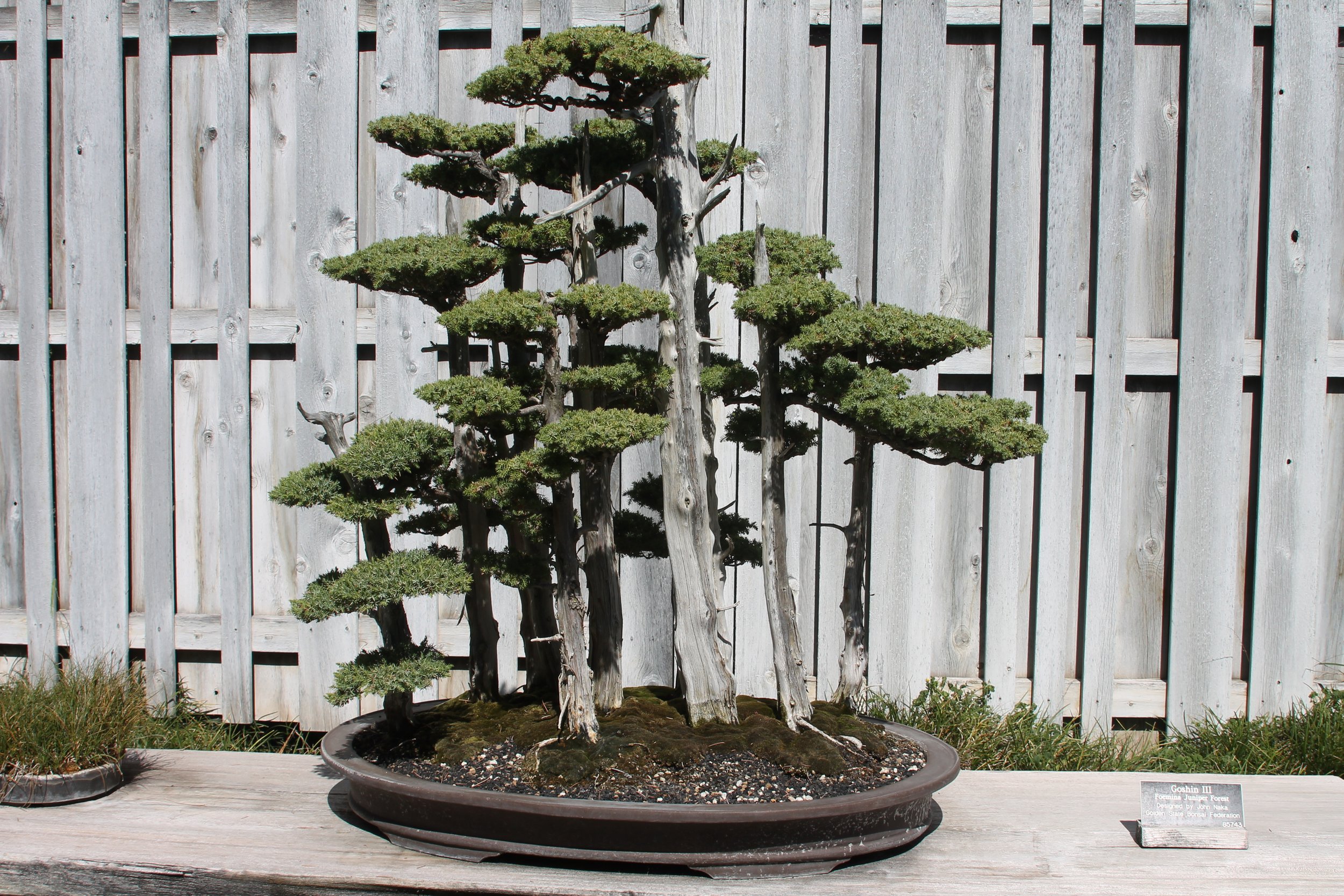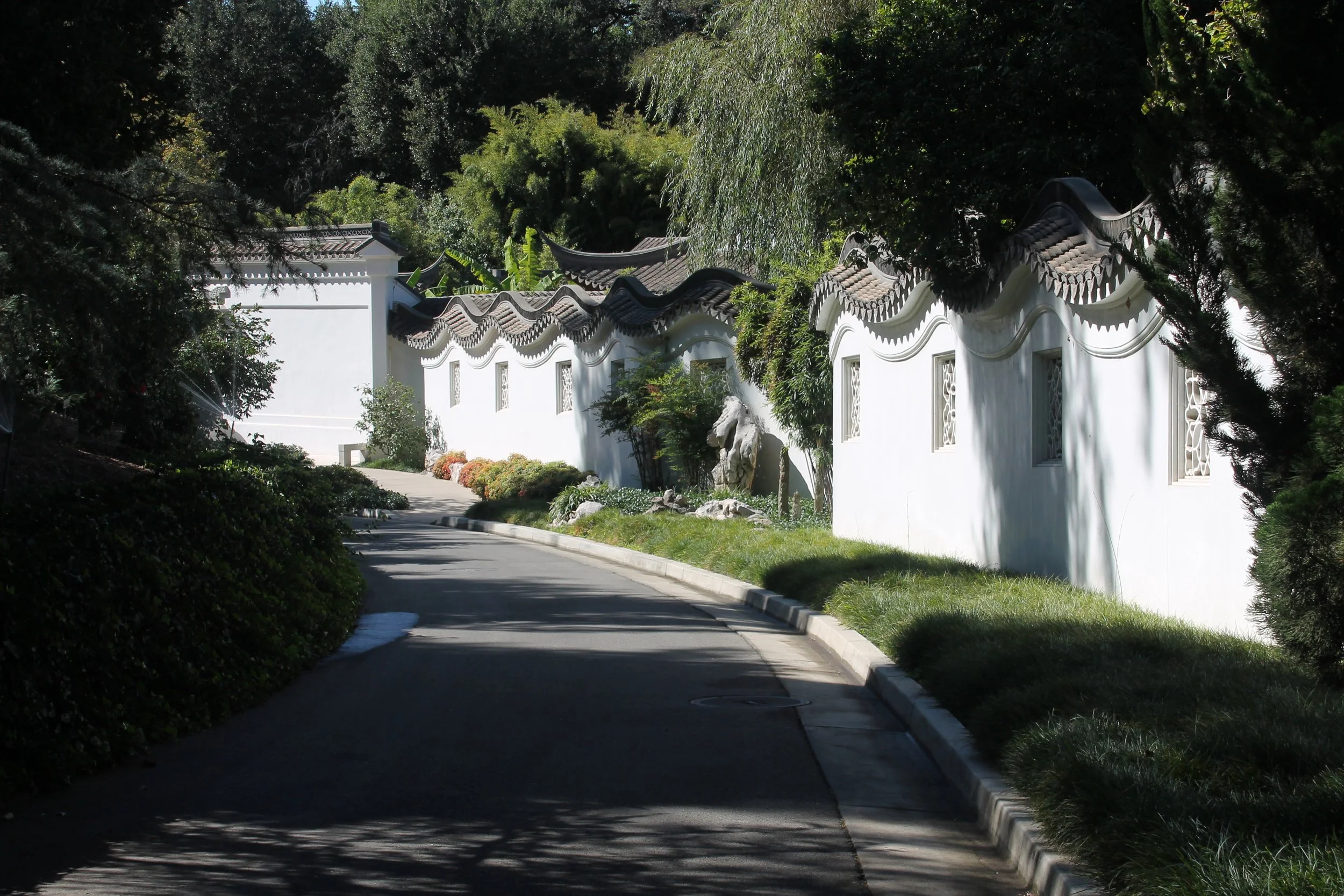As international travel is still an arduous undertaking we decided to take a virtual tour to Asia and visited the Chinese and Japanese gardens at the Huntington gardens. Other gardens include the Shakespeare, Australian and Subtropical which provide virtual tours of exotic places and different eras.
The Chinese garden is now complete and offers visitors a15 acre garden that combines architecture with water ways, rock sculptures, plants and a tea room. Modeled on the gardens of Suzhou near Shanghai, the Huntington’s Liu Fang Yuan is a tranquil beautiful space to sit and contemplate nature. The garden was built using materials and craftsmen from China to create an authentic landscape. Calligraphy and nature scenes have been expertly hand carved into the namu wood paneling of the pavilions using traditional chisels, gouges and planes. The tile pathways are equally meticulous and pieces are individually placed in intricate squares using traditional and symmetrical designs. By adhering to old skills and traditional designs the Huntington have succeeded in creating a small taste of China which feels real and not faux.
In both the Chinese and Japanese gardens there are wonderful bonsai trees to view including a miniature pine forest, elm trees and a California juniper that is 500 years old.
The first bonsai trees were nurtured in China and later introduced to Japan in the 13th century by travelling Buddhist monks. If you do visit these gardens don’t be shy but strike up a conversation with one of the docents, as we did, when we spoke to Bob Maronde who gave us invaluable details of the development of the Chinese gardens to their present grandeur.
While Martin and I really appreciate the skills of arborists who can successfully grow bonsai trees as we lack their talent we content ourselves with other smaller trees, cast in bronze and suitable for both indoor and outdoor use.



